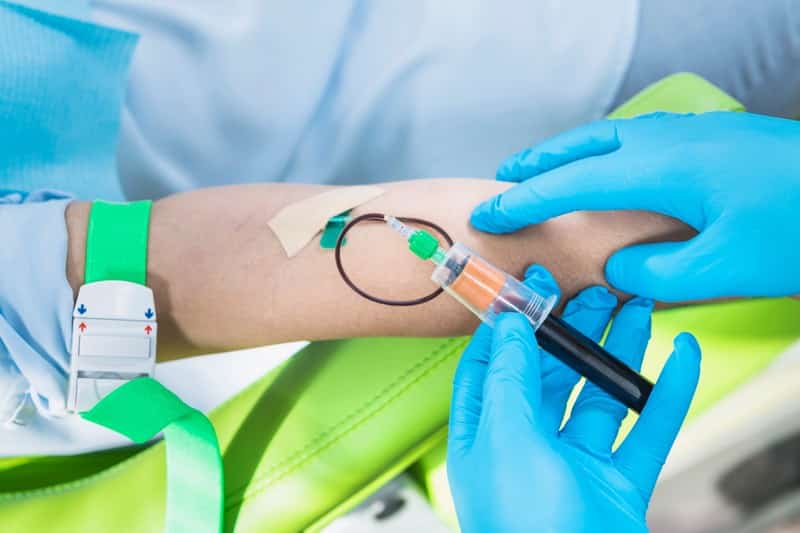Platelet-Rich Plasma (PRP)

Understanding how platelets contribute to healing is essential to comprehending how platelet-rich plasma (PRP) functions. Blood comprises platelets, white blood cells, and red blood cells. The platelets are among the body’s “first responders” that arrive to stop the bleeding and encourage healing when a person suffers a cut or wound.
Theoretically, the body would mend more quickly if concentrated platelets could be extracted and injected into injured areas. A medical practitioner will acquire a blood sample and spin it in a centrifuge to create PRP. The blood’s constituent parts are divided by the machine’s rapid spinning. The practitioner then extracts the platelets for injection.
PRP has a variety of proteins and growth factors that hasten tissue restoration. Researchers initially postulated that PRP could aid in hair regrowth by reversing the process in androgenetic alopecia since some cases of hair loss are caused by damage to hair follicles.
Since then, PRP has gained popularity as a way to encourage hair growth. In addition, injuries to the tendons, muscles, and ligaments, such as those sustained during athletic endeavors, have also been treated by doctors using PRP. However, experts have noticed that PRP’s results can vary since clinics utilize varying preparations, session lengths, and injection procedures.










